The Five Most Iconic Australian Muscle Cars Ever Built
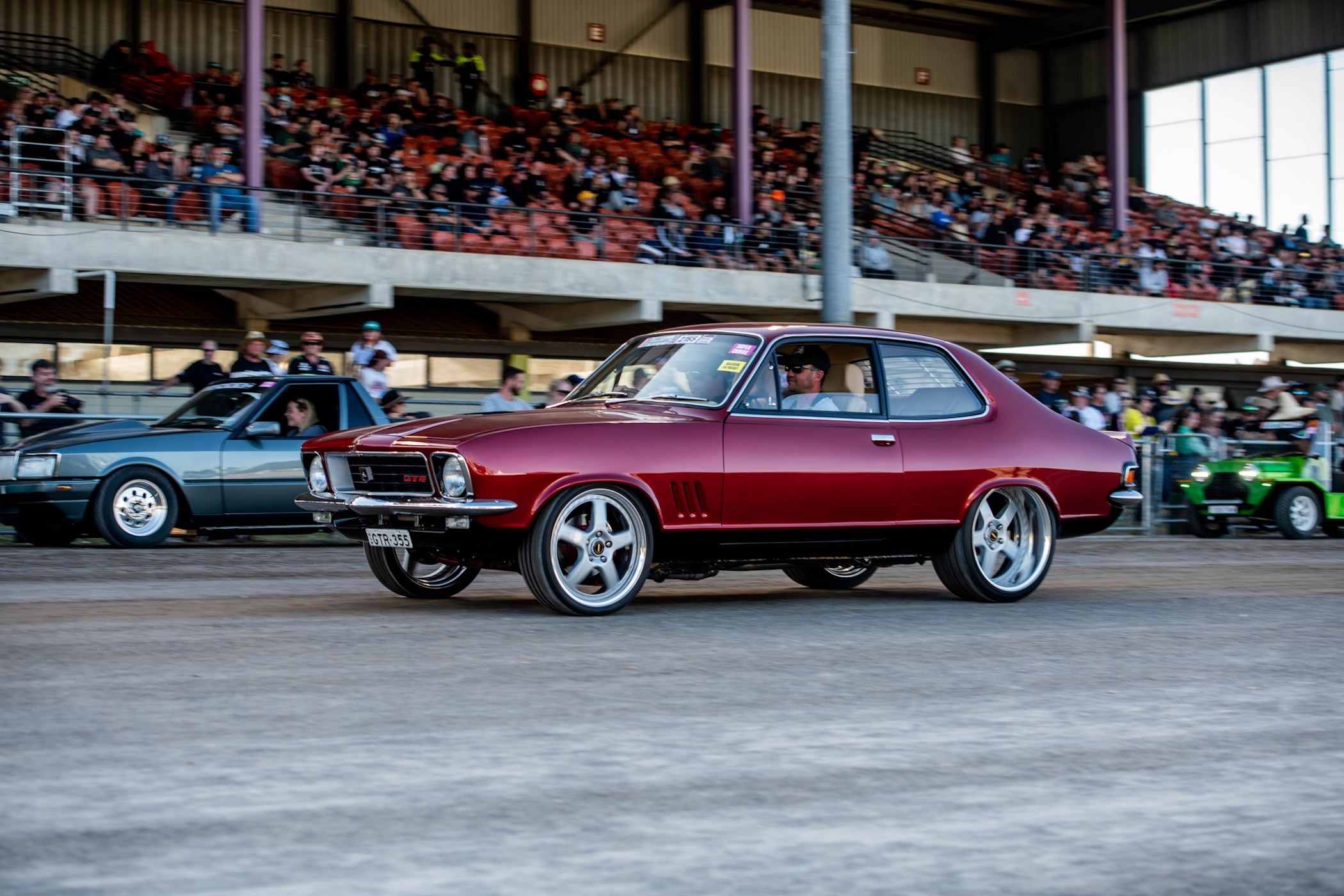
*First published 2.8.23. Updates include more about the racing credentials and about each car.
Here, we take a journey through time to celebrate five of the most iconic Australian muscle cars ever built.
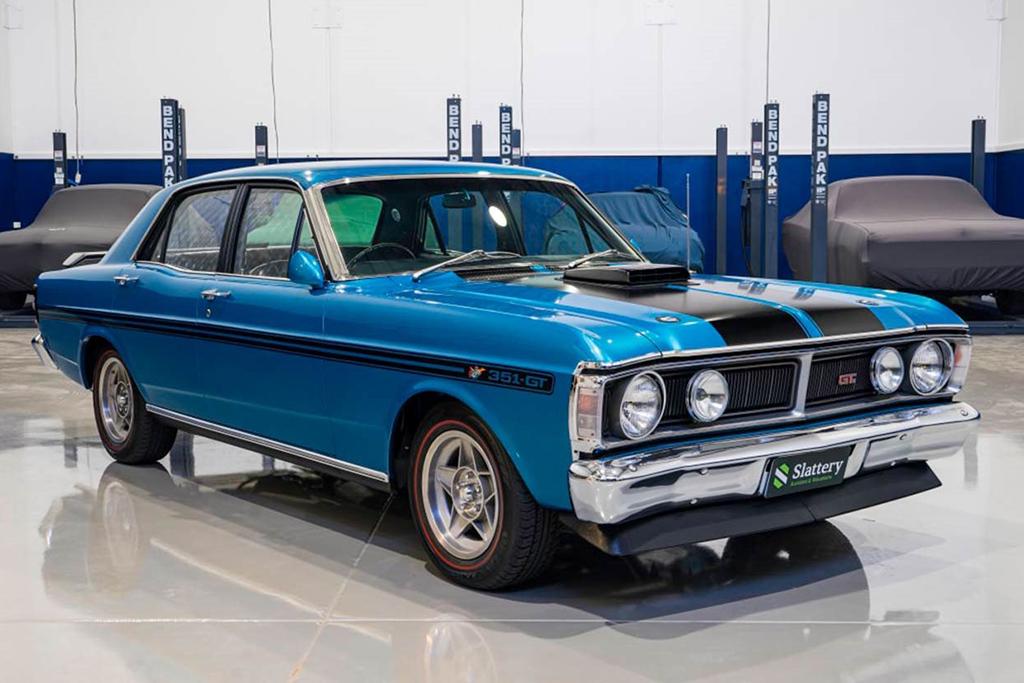
1. 1971 Ford Falcon XY GT-HO Phase III
Any conversation about Australian muscle cars begins with the legendary Ford Falcon GT-HO Phase III. Unveiled in 1971, this four-door sedan was powered by a 5.8-litre V8 engine that produced an impressive 300 horsepower. But its racing pedigree is what truly makes it iconic. Designed to win the Australian Touring Car Championship and the Bathurst 1000 endurance race, the Phase III did just that, taking Ford to new heights in the Australian muscle car scene.
Racing Legacy
The 1971 Ford Falcon XY GT-HO Phase III wasn't just a fast car; it was a tarmac-tearing titan that rewrote the record books and cemented Ford's place in Australian motorsport history. Buckle up, mate, because we're about to delve into the heart of its legendary racing pedigree:
Bathurst Glory:
-
King of the Mountain: No story of the Phase III's racing legacy is complete without mentioning the 1971 Bathurst 1000. Imagine the electrifying atmosphere as Allan Moffat and Tony Brown, in their iconic blue and white #17 Phase III, battled for victory against Holden Torana GTR XU-1s. The roar of the engines, the screech of tyres, and the tension in the air as they diced for the lead were etched into Australian motorsport history.
-
A Photo Finish for the Ages: The race went down to the wire, with Moffat and Brown edging out Bob Jane and Peter Brock in a nail-biting finish. Their victory solidified the Phase III's reputation as a Bathurst legend, forever enshrined in Australian motorsport folklore.
Dominating the Touring Car Championship:
- Unstoppable Force: The Bathurst win was just the tip of the iceberg. The Phase III dominated the 1971 Australian Touring Car Championship, clinching a staggering 11 out of 12 races. Its raw power and superior handling left the competition in the dust, proving its prowess on both long endurance races and shorter circuits.
- Ford's Finest Hour: This unprecedented dominance cemented Ford's position as the undisputed king of Australian touring car racing. The Phase III became a symbol of Ford's engineering prowess and a source of immense national pride.
A Legacy that Endures:
- Inspiration for a Generation: The Phase III's racing legacy continues to inspire future generations of drivers and car enthusiasts. Its achievements on the track set a benchmark for Australian muscle cars, proving that local engineering could compete with the best in the world.
- More Than Just a Car: The Phase III is more than just a collection of metal and rubber. It's a symbol of Australian sporting spirit, resilience, and a never-say-die attitude. It's a reminder that anything is possible with hard work, dedication, and a roaring V8 engine under the hood.
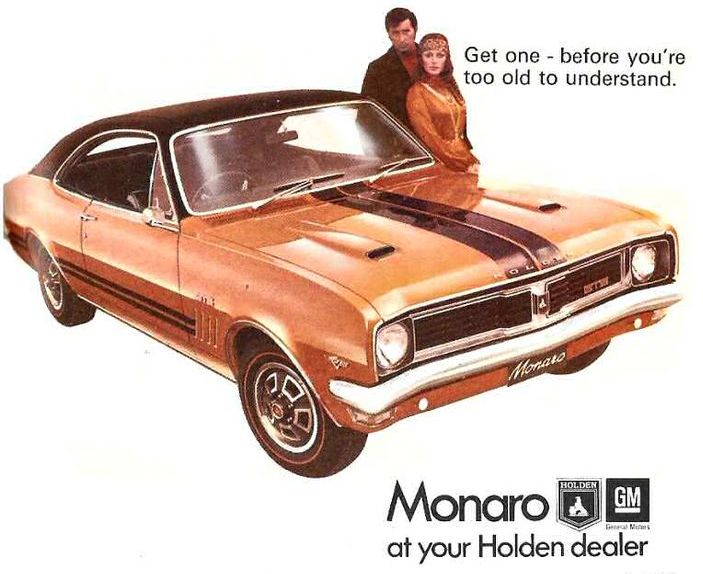
2. 1971 Holden Monaro GTS
The Holden Monaro GTS is a staple of Australian automotive culture. Introduced in 1968, the Monaro really came into its own in 1971 with the GTS version. This two-door coupe boasted a massive 5.7-litre V8 engine and quickly won over fans with its aggressive styling and formidable power. In both looks and performance, the Monaro GTS is quintessentially Australian, embodying the country's love for high-powered, high-performing vehicles.
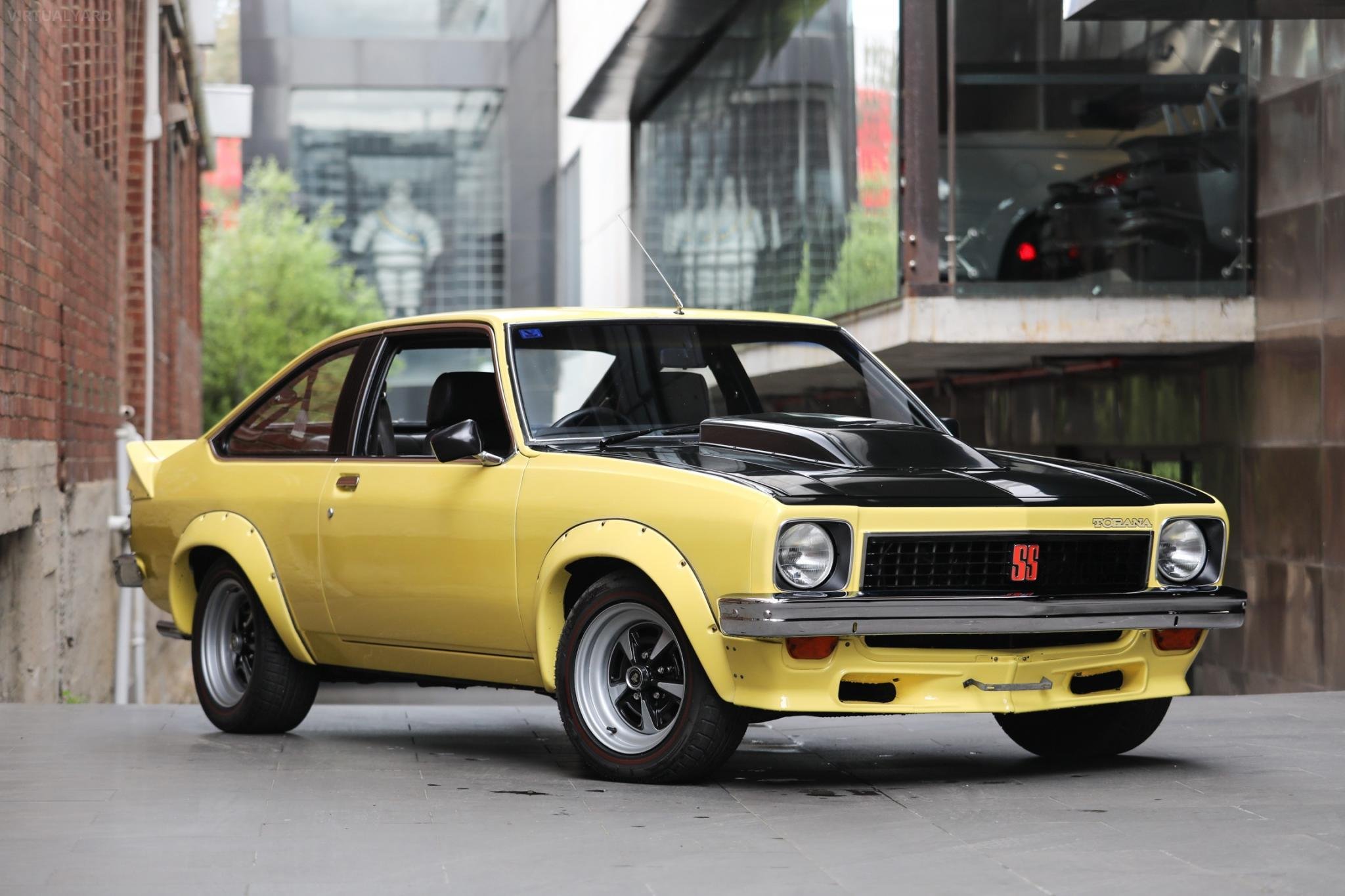
3. 1977 Holden Torana A9X
The Torana A9X stands out even among the illustrious company of Australian muscle cars. Holden built the A9X specifically to compete in the Australian Touring Car Championship and at Bathurst. Under the hood, the A9X was equipped with a 5.0-litre V8 engine, but it was the car's handling and braking improvements over its predecessors that set it apart. The Torana A9X went on to dominate Australian motorsport, including a famous 1-2 finish at Bathurst in 1979. Interested in Torana's? Check our archive article titled: Australia's Most Famous Torana.
Dominating Australian Motorsport
The 1977 Holden Torana A9X wasn't just a winner; it was a force of nature that rewrote the Australian Touring Car Championship (ATCC) record books. Its impact didn't stop at the iconic 1-2 finish at Bathurst in 1979, it carved a legacy of dominance that echoed through motorsport history.
Championship Contender: Beyond Bathurst, the A9X racked up an impressive tally of titles. It secured the ATCC championship in 1979, 1980, and 1981, with Peter Brock and Mark Skaife taking turns behind the wheel. These weren't just close victories; they were displays of sheer power, with Brock and Skaife often leading entire races from start to finish.
Not Just Bathurst: Even outside the championship, the A9X left its mark. It claimed pole position at Bathurst a staggering seven times, a record that stands to this day. It notched up wins at Calder Park, Adelaide International Raceway, and countless other circuits, a testament to its versatility and adaptability.
Evolutionary Inspiration: The A9X's influence wasn't limited to the racetrack. It served as a technological testbed for Holden, pushing the boundaries of engine development, suspension design, and aerodynamics. These breakthroughs directly influenced future versions of the Torana, like the LX SS and SL/R 5000, ensuring Holden remained at the forefront of Australian motoring.
A Racing Nation: But the A9X's legacy goes beyond its own victories. It sparked a national obsession with motorsport, fueling the careers of countless drivers and engineers. Young Australians across the country dreamt of one day getting behind the wheel of a Torana A9X, their hearts racing with the roar of its V8 engine. The A9X became a symbol of Australian grit, innovation, and a passion for pushing the limits on the track.
Johnny Habib - Keeps The Torana Fire Burning
Adding to the narrative of Australian muscle car heritage, Johnny Habib, a renowned figure in Australian drag racing, has made a significant impact through his dedication to restoring classic Aussie muscle cars. Habib, famous for his performances in a blue Torana, has extended his passion beyond the racetrack to the restoration of these iconic vehicles. He has personally restored thirty Australian muscle cars, including several Toranas, HX and HQ GTS models, and even an XY GT. Each restoration project is meticulously undertaken, often at a financial loss, underscoring his commitment to preserving the legacy of these cars. His hands-on approach and attention to detail have not only revived these classics but also ensured their high standards and longevity. Johnny's work is a testament to his love for Aussie muscle cars, contributing significantly to the preservation and celebration of Australia's rich automotive history. Read the whole story here.
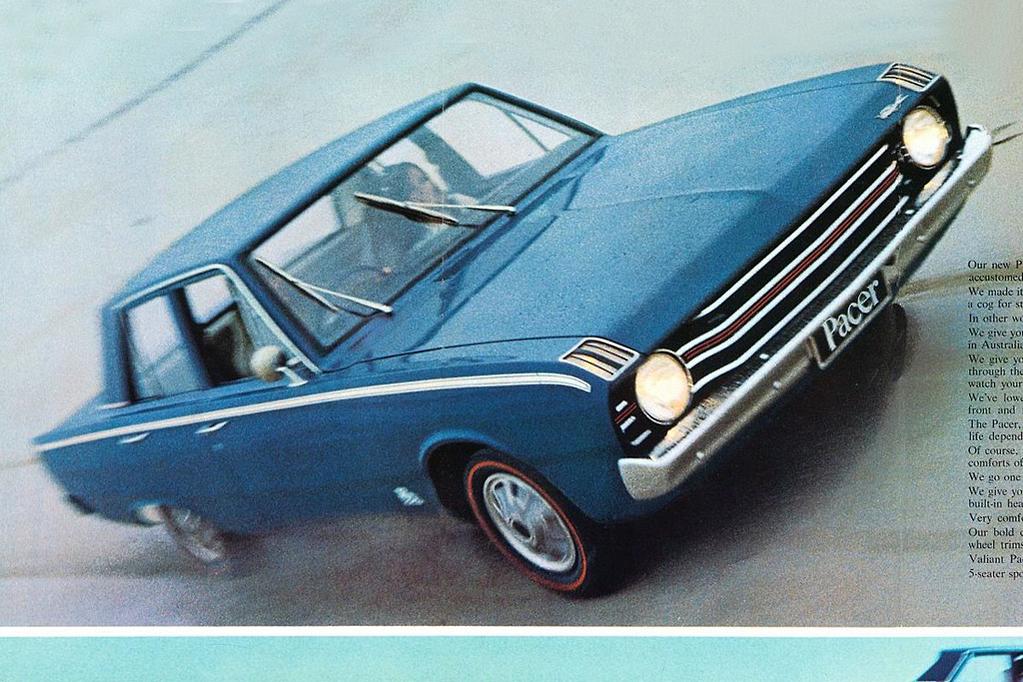
4. 1969 Valiant Pacer
Chrysler's contribution to the Australian muscle car scene came in the form of the Valiant Pacer. While not as powerful as its Ford and Holden counterparts – it sported a six-cylinder engine as opposed to a V8 – the Pacer won fans over with its blend of performance, affordability, and distinctive looks, complete with bold 'Pacer 225' decals. The Valiant Pacer showed that muscle cars could be accessible to everyday drivers, marking a pivotal moment in Australian automotive history.
Pacer's Significance in the Australian Muscle Car Scene
The 1969 Valiant Pacer didn't just shake up the muscle car scene, it carved out a vital niche that redefined the genre for everyday Aussies. Let's delve into its unique impact:
Democratising Muscle:
- Six-Cylinder Hero: Unlike its fire-breathing V8 rivals, the Pacer roared with a potent 225ci six-cylinder. This offered:
- Accessibility: Its lower price tag made muscle car dreams feasible for a wider audience, not just petrol-guzzling enthusiasts.
- Affordability: Running costs like fuel and maintenance were significantly lower, making it a practical, daily-driven muscle car.
- Everyday Muscleman: The Pacer wasn't a stripped-down track beast. It boasted comfortable interiors, optional automatic transmissions, and even air conditioning, blurring the lines between performance and practicality. This opened the door for muscle car ownership to families and working-class heroes.
Performance Prowess:
- No Slouch: While not a V8 dominator, the Pacer packed a punch. Its 225ci engine churned out a respectable 145 horsepower, propelling it from 0-60 in under 9 seconds. Skilled drivers could push it even further, making it a potent contender on backroads and drag strips.
- Handling Finesse: The Pacer boasted superior handling compared to some V8 rivals. Its lighter weight and nimble proportions offered a more dynamic driving experience, especially on twisty roads. This earned it a reputation for being a playful and controllable muscle car.
Distinctive Character:
- Fastback Flair: The Pacer's sleek fastback roofline stood out from the boxy Holdens and Falcons. It exuded a sporty, aerodynamic aura, turning heads both on the street and at the racetrack.
- Bold Decals: The "Pacer 225" decals emblazoned on its flanks weren't just badges, they were statements of defiance. They announced that muscle wasn't exclusive to V8 territory, proving that six-cylinders could be cool and powerful too.
Legacy and Inspiration:
- Paving the Way: The Pacer's success encouraged other manufacturers to consider affordable, six-cylinder muscle cars. Ford's Falcon XW GTHO Phase II and Holden's Torana GTR-X followed suit, offering further options for budget-conscious enthusiasts.
- Enduring Love: Today, the Pacer remains a cherished part of Australian automotive history. Its unique blend of performance, affordability, and style has earned it a dedicated following among collectors and enthusiasts.
- Cultural Icon: The Pacer's presence has transcended car shows. It's featured in movies like "Mad Max" and video games like "Forza Horizon 3," cementing its status as a symbol of Aussie muscle car spirit.
The Pacer's significance lies in its ability to democratise muscle car ownership in Australia. By offering a potent and affordable alternative to traditional V8s, it opened the door for everyday Aussies to experience the thrill of performance. Its bold style, handling prowess, and enduring legacy ensure the Pacer will forever be remembered as a pivotal player in the country's muscle car scene.
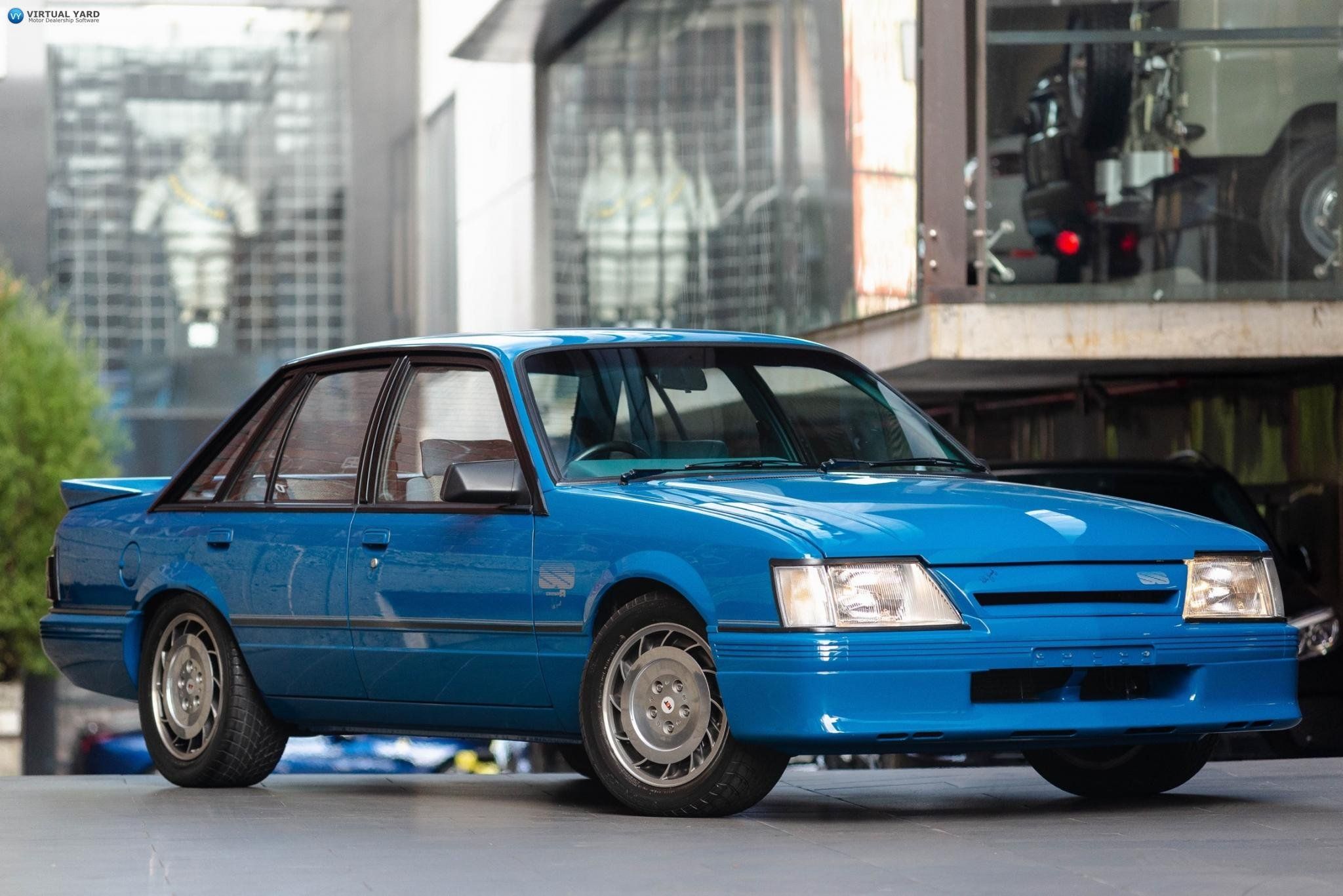
5. 1985 Holden Commodore VK Group A
The Commodore VK Group A is perhaps one of the most memorable Australian muscle cars, not just for its performance, but also for its bold aesthetics. Nicknamed the 'Blue Meanie' due to its striking blue colour scheme, it was powered by a 5.0-litre V8 engine and designed for Group A racing. The aggressive aerodynamics and the unforgettable colour make this one of the most iconic Commodores and an undoubted classic in Australian muscle car history.
These machines are more than just cars; they're symbols of a golden era of Australian automotive design and engineering. These roaring V8-powered beasts graced both the race tracks and suburban driveways, etching an indelible mark in the hearts of car enthusiasts. Their legacy continues to influence the Australian car scene today, proving that the muscle car spirit is ingrained in the very fabric of Australian motoring culture.
The VK Group A: A Lion Roaring on Australian Tracks
Domination on the Tarmac:
The VK Group A wasn't just a participant in Group A racing; it was a force of nature. It racked up 55 wins in the Australian Touring Car Championship, claiming three consecutive titles between 1986 and 1988. The crown jewel of these victories was the iconic Bathurst 1000, which the VK Group A conquered an astounding four times - 1986, 1987, 1989, and 1990. Names like Peter Brock and Mark Skaife became synonymous with the car's success, etching their legend onto the history books with masterful performances and breathtaking maneuvers. Brock, in particular, cemented his status as "King of the Mountain" with his record-breaking nine Bathurst wins, six of which came behind the wheel of the VK Group A.
Technical Prowess:
Group A regulations weren't mere restrictions; they were crucibles for automotive innovation. The VK Group A exemplified this, pushing the boundaries of engine performance, suspension tuning, and aerodynamic efficiency. Its 5.0-litre V8 engine, dubbed the "HDT 5001," received a power boost through optimized camshafts, upgraded carburetors, and freer-flowing exhausts. The suspension benefited from stiffer springs, lowered ride height, and adjustable shock absorbers, ensuring razor-sharp handling on the racetrack. The iconic body kit wasn't just for aesthetics; it channeled air for better engine cooling and downforce, while the massive rear wing stabilized the car at high speeds. These meticulously refined technical aspects weren't just numbers on a spec sheet; they translated into blistering lap times, thrilling duels, and ultimately, championship wins.
A Nation Behind the Wheel:
The VK Group A's success wasn't confined to the racetrack; it resonated deeply with the Australian spirit. Every roar of its engine, every screech of its tires, every victory on the podium served as a source of national pride. Australians saw themselves reflected in the car's raw power and audacious spirit. It became a symbol of national achievement, proving that Australian engineering and driving could compete with the best in the world. Children plastered their walls with posters of the VK Group A, dreaming of one day taking the wheel of their own "Blue Meanie." It wasn't just a car; it was a cultural phenomenon, woven into the fabric of Australian automotive passion.
The exploration of five iconic Australian muscle cars highlights the rich and vibrant history of automotive design and engineering in Australia. These cars, including the 1971 Ford Falcon XY GT-HO Phase III, 1971 Holden Monaro GTS, 1977 Holden Torana A9X, 1969 Valiant Pacer, and the 1985 Holden Commodore VK Group A, represent not only significant advancements in performance and design but also embody the Australian spirit of innovation and competition.
These 5 cars are more than just high-performance machines; they represent a golden era in Australian motoring culture. Their legacies continue to inspire and influence the automotive scene in Australia and beyond, demonstrating that the muscle car spirit is deeply ingrained in Australian history and identity.
Comments
No posts found










